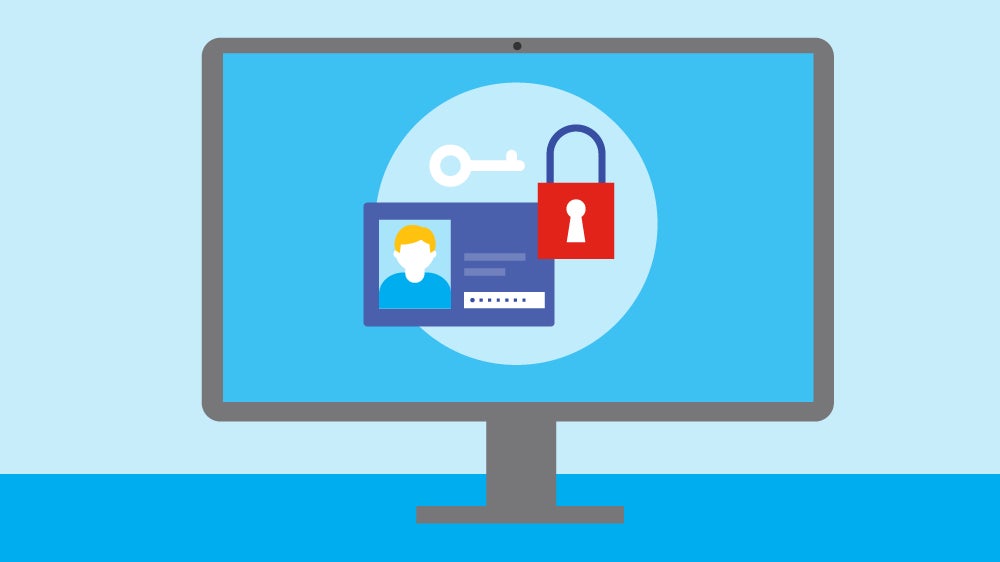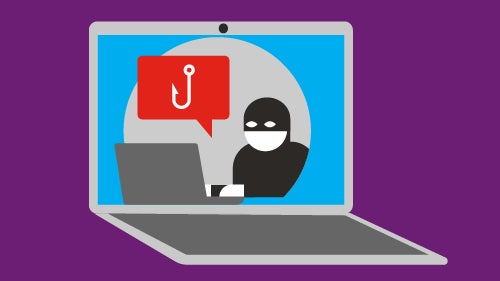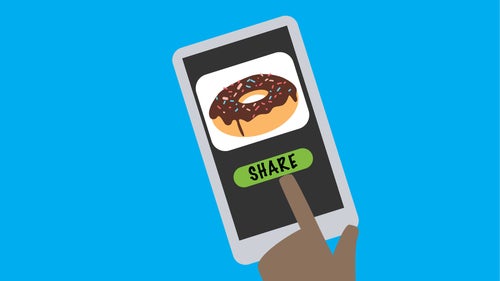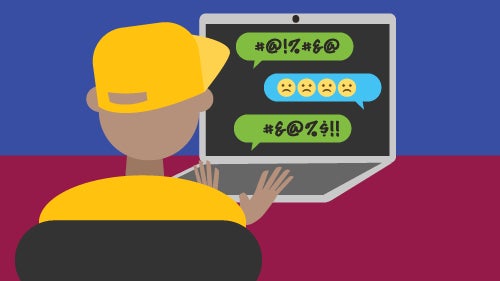Protecting your privacy online

Chatting with friends, posting pics or browsing the web… in the online world, privacy matters in a big way. Why? Because if someone gets hold of your personal information, they can pretend to be you, buy stuff with your details, or even try to contact you in real life.
"86 per cent of young Australians aged 13 to 17 do something to protect their online privacy either by changing their privacy settings, leaving websites or apps or clearing caches and cookies."
Imagine your own private digital room where you keep all your information, like your name, date of birth, location, school info, photos, videos, and messages. Only you control who can see inside and how much they can see.
If you share too much with the wrong people, you risk them hacking into your social media and gaming accounts or targeting you with online scams and unwanted ads and content.
So, it’s important to stop and ask yourself. Am I about to share some information that I should keep private?
What personal information do we need to protect?
Everyone online should protect what we call personally identifiable information, or in other words, our personal data, such as;
- Your full name
- Date of birth
- Home address
- Phone number
- Location check-ins
- School you go to
- Sports and activity clubs you’re a part of
- Bank account details
- Any documents that prove who you are, like birth certificates, passport details, and proof of age cards.
What happens to the information you provide online?
Depending on your privacy settings, anything you share online can be seen by your family and friends. Even strangers and hackers can use this information in ways you didn't intend.
Websites and apps collect your information, including your posts, likes, shares, and even your location. Companies use this data to understand more about you and your interests, allowing them to target their advertising. That's why the ads you see tend to be all the things you like.
Remember, once something is online, it's very difficult to remove it.
Keeping your data safe
Ask: Do I need to share this information?
Before sharing anything online, a simple trick is to ask yourself, 'Do I need to share this information?'
Are your social accounts visible or public?
All social media apps have a default setting (public or private) that indicates the account's accessibility and what others can view. Make sure yours is set to private.
Set location settings to off
Set your phone location settings to 'off' by default. This will allow you to choose whether to permit apps to access your location.
Download your data from apps
This information will show you what they collect and store, which is a great way to learn whether to increase your privacy settings.
Use app safety tools
Apps offer safety tools that allow you to block or limit other users' access to your content and your access to theirs. Use these!
Where to go for help or advice
If you believe your account or information has been hacked, the first step is to tell a parent or caregiver so that they can help you navigate what to do next. Together, you can get more information on identity theft, fraud, scams, and hacking, visit the Australian Cyber Security Centre. Alternatively, contact eSafety for more information and resources.





